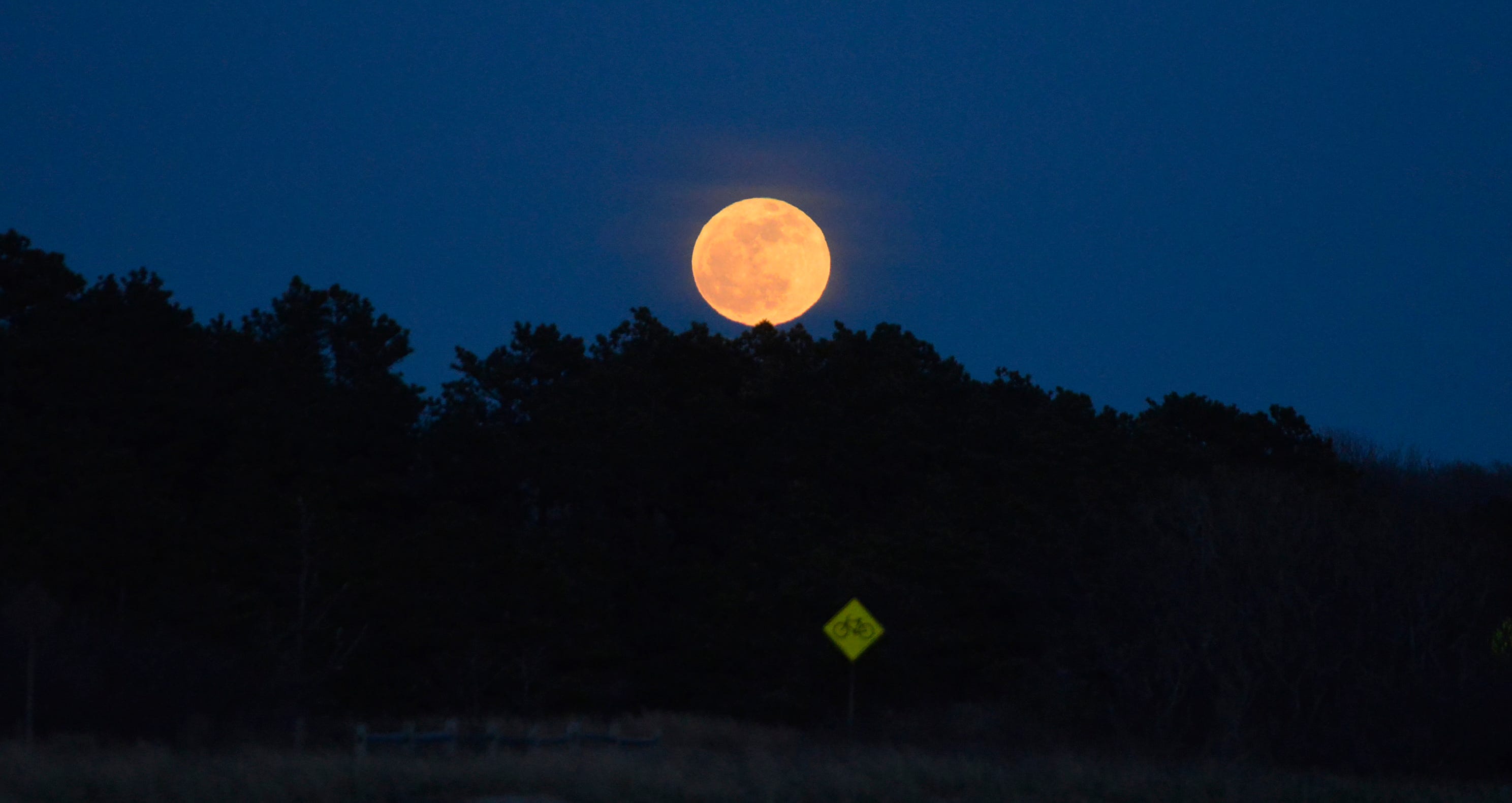Search results
News about Half Moon Bay, farmworker housing, housing project
News about May, Moon Knight, full moon
News about new moon, May, summer stars
Also in the news
… Moon Facts. The brightest and largest object in our night sky, the Moon makes Earth a more livable planet by moderating our home planet's wobble on its axis, leading to a relatively stable climate. It also causes tides, creating a rhythm that has guided humans for thousands of years. 10 things.
Sep 7, 2023 · The Moon is Earth’s only permanent natural satellite, and it’s the fifth-largest satellite in our solar system. The Moon’s diameter is approximately 2,160 miles (3,475 kilometers), or about...
Like Earth, the Moon has a day side and a night side, which change as the Moon rotates. Moon Phases Between four and seven times a year, Earth, Moon and Sun line up just right to create the cosmic-scale shadow show known as an eclipse.
4 days ago · Quick Facts: Earth has just one moon – a rocky, cratered place, roughly a quarter the size of Earth and an average of 238,855 miles away. The Moon can be seen with the naked eye most nights as it traces its 27-day orbit around our planet. Credit: NASA/JPL-Caltech.
Mar 14, 2012 · 23K. 5.4M views 12 years ago. Although the moon has remained largely unchanged during human history, our understanding of it and how it has evolved over time has evolved dramatically. Thanks to...
Jan 31, 2024 · A moon is an object that orbits a planet or another celestial body that is not a star. Grades. 5 - 8. Subjects. Earth Science, Astronomy, Geology, Physics. Photograph. Full Moon. A full moon appears when the moon is on the opposite side of Earth from the sun. A lunar cycle is about 29 days, so most months have one full moon.
The brightest and largest object in our night sky, the Moon makes Earth a more livable planet by moderating our home planet's wobble on its axis, leading to a relatively stable climate. It also causes tides, creating a rhythm that has guided humans for thousands of years.





